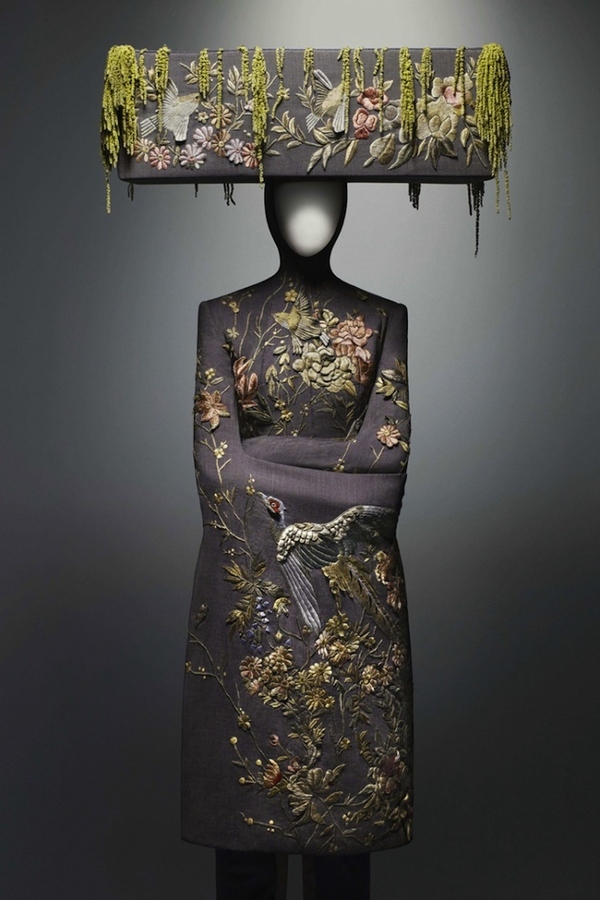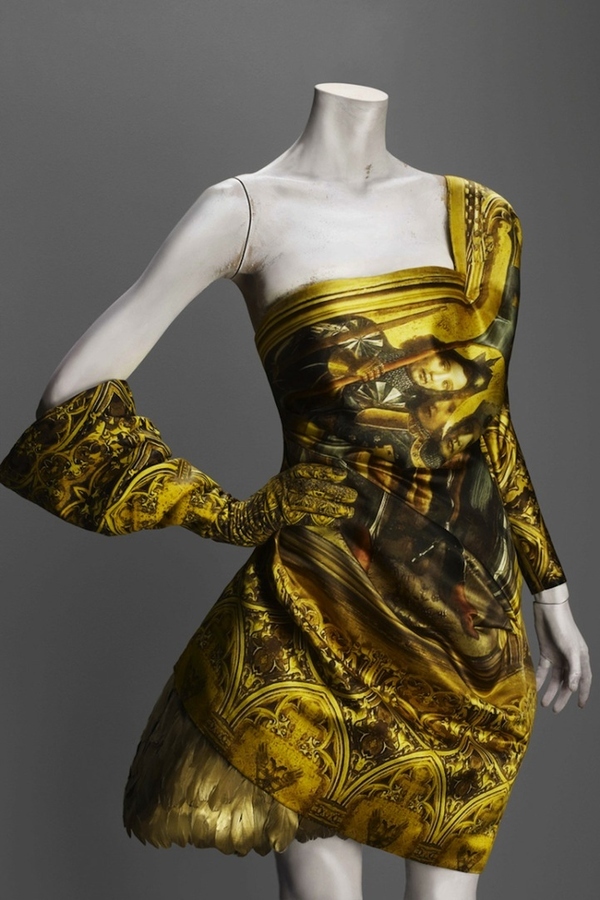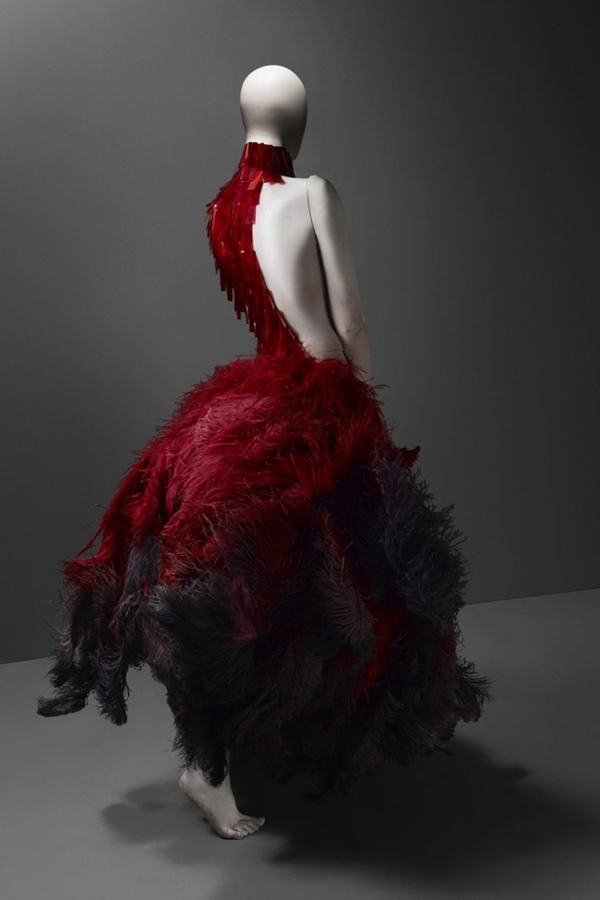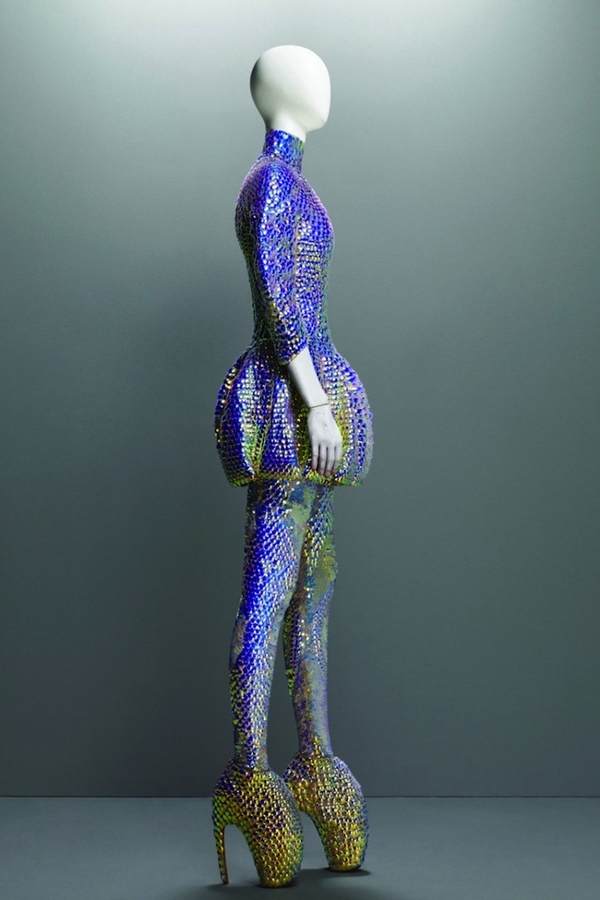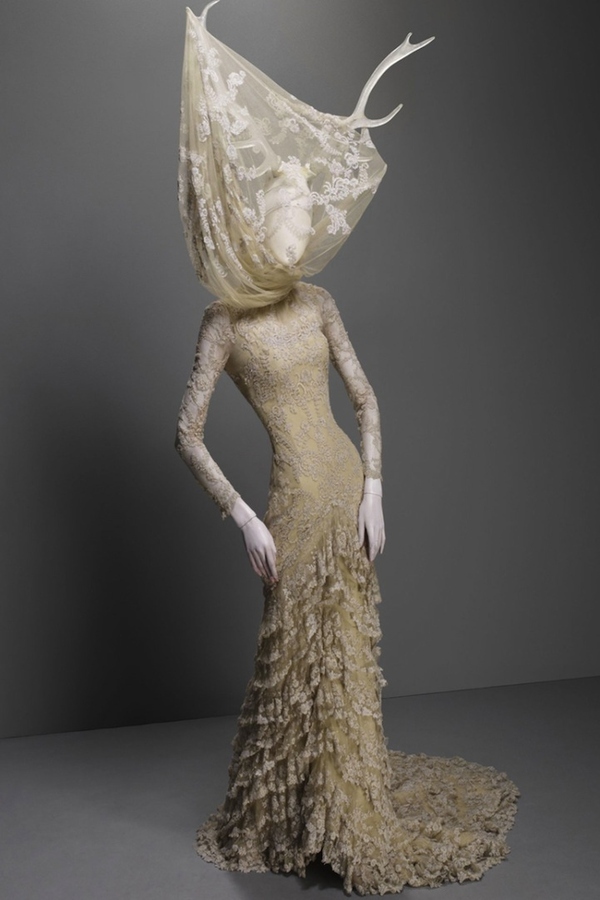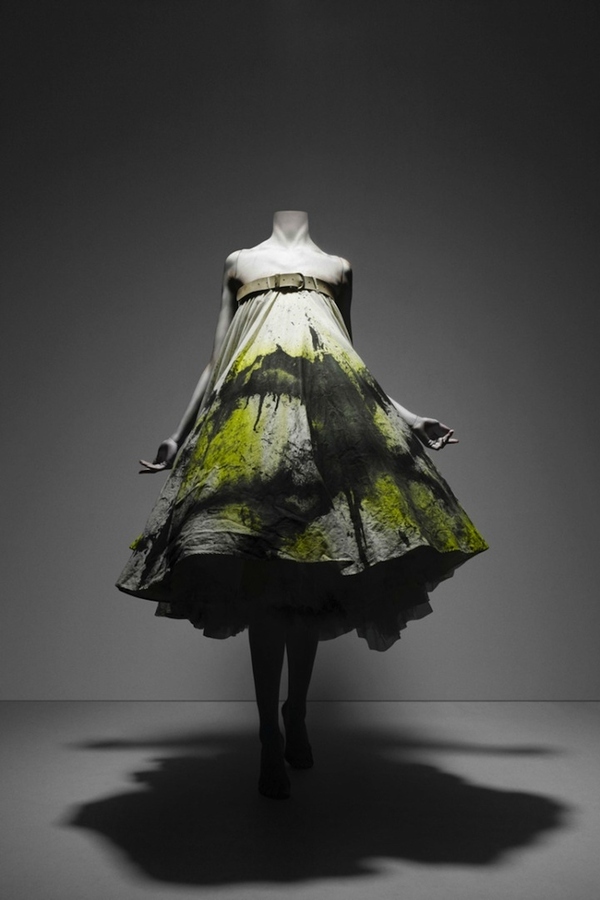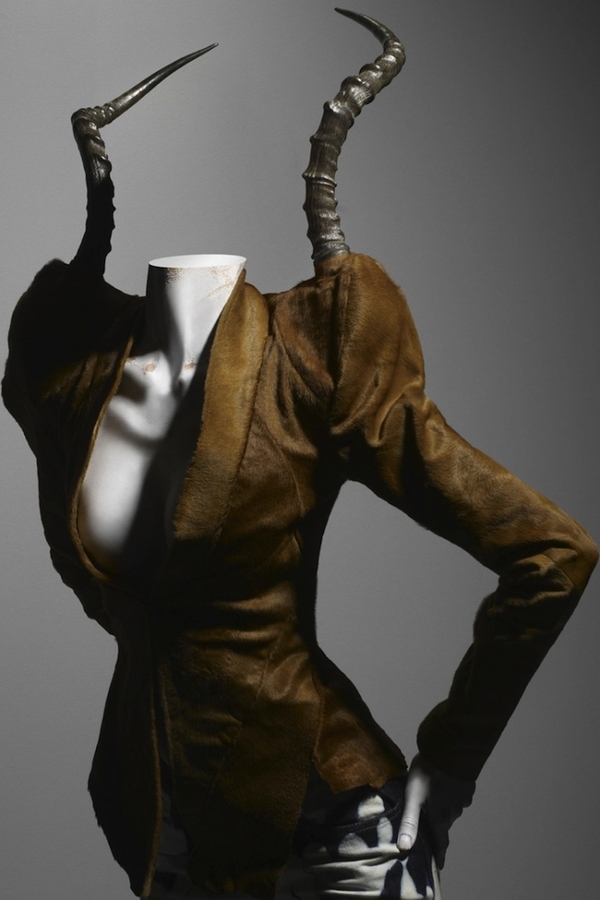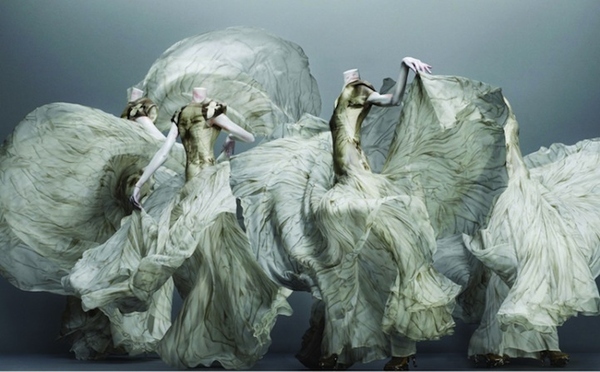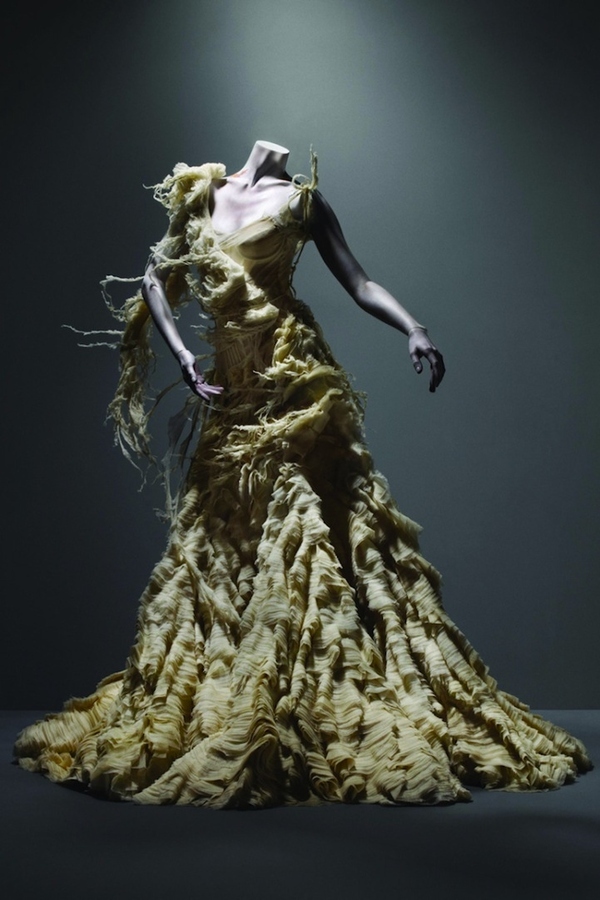7000 BC – The Bow Drill Era
Dentistry got its start in the Indus Valley of India and Pakistan. These industrious would-be dentists were master beadmakers who used bow drills to cure tooth problems. This is also the first appearance of
dental assistants, whose duties consisted of restraining the flailing arms and legs of patients during the undoubtedly excruciating procedures. Still, this obviously beat a life without teeth.
The above diagram shows the mechanics of a simple bow drill.
This image shows a bow drill in use. They were also used to create the friction/heat needed to start a fire.
5000 BC – The Myth of the Tooth Worm
The first and most enduring explanation for what causes tooth decay was the tooth worm, first noted by the Sumerians around 5000 BC. The hypothesis was that tooth decay was the result of a tooth worm boring into and decimating the teeth. This is logical, as the holes created by cavities are somewhat similar to those bored by worms into wood. The ivory sculptures below depict the havoc wrought by these wicked worms.
The idea of the tooth worm has been found in the writings of the ancient Greek philosophers and poets, as well as those of the ancient Indian, Japanense, Egyptian, and Chinese cultures. It endured as late as the 1300s, when French surgeon Guy de Chauliac promoted it as the cause of tooth decay.
700 BC – The First Bridges
The first society to use dental bridges and appliances were the Etruscans, starting around 700 BC. The image below shows a similar dental bridge created by the Egyptians that uses gold wires to hold the teeth together. This is also the first incarnation of a cosmetic dental practice that would come to be know as “bling”.
The Art of Extraction
Up until the 16th century, dedicated dentists did not exist and dentistry was practiced by general physicians and barbers. The staple procedure of these early dentists was the extraction, which was used to alleviate pain and halt tooth decay. Over the years, a number of tools were invented for performing this procedure. The images below display several variations of the Dental Pelican, which was invented in the 14th century by Guy de Chauliac and used until the late 18th century.
The pelican later gave way to the Dental Key.
In the 20th century, the key was replaced by the forceps, which are still in use today.
The Father of Modern Dentistry
In 1723, French surgeon Pierre Fauchard published The Surgeon Dentist, A Treatise on Teeth. He is considered the father of modern dentistry because his book was the first to describe a comprehensive system for caring for and treating the teeth.
1790 – The First Dental Foot Engine
The first dental foot engine was built by John Greenwood and one of George Washington’s dentists. It was made from an adapted foot-powered spinning wheel.
In 1871, George F. Green invented the first electrical dental engine.
1790 was a big year for dentistry, as this was also the year the first specialized dental chair was invented. It was made from a wooden Windsor chair with a headrest attached.
1840 – The First Dental School is Founded
Chapin Harris and Horace Hayden founded the Baltimore College of Dental Surgery, the first school dedicated solely to dentistry. The college merged with the University of Maryland School of Dentistry in 1923, which still exists today.
1844 – Nitrous Hits the Scene
Connecticut dentist Horace Wells was the first discover that nitrous oxide can be used as anesthesia. After using it with success on several of his patients in private, he attempted to demonstrate its effects in public, but the demonstration was seen as failure because the patient cried out during surgery. In 1846 one of students, William Morton, would take credit for the discovery after a successful demonstration.

The 20th Century – Hello Good Times
Dentistry has seen a great deal of innovation over the past 100 years. In 1903 Charles Land devised the porcelain jacket crown.
In 1905, Alfred Einhord, a German chemist, discovered Novacain.
In 1938, the first tooth brush with synthetic nylon bristles hit the market.
In 1945, the water fluoridation era began when the cities of Newburgh, NY and Grand Rapid, MI decided to add fluoride to the public water supply. In 1950, the first fluoride toothpastes are marketed.
In 1957, John Borden invented the first high speed electric hand drill.
In the 1960s, the first dental lasers are developed and used for soft tissue procedures.
The 1960s also saw the invention of the first electric toothbrush.
The 1990s marks the beginning of the era of cosmetic dentistry, with the increased popularity of veneers, bleaching, and dental implants.











































